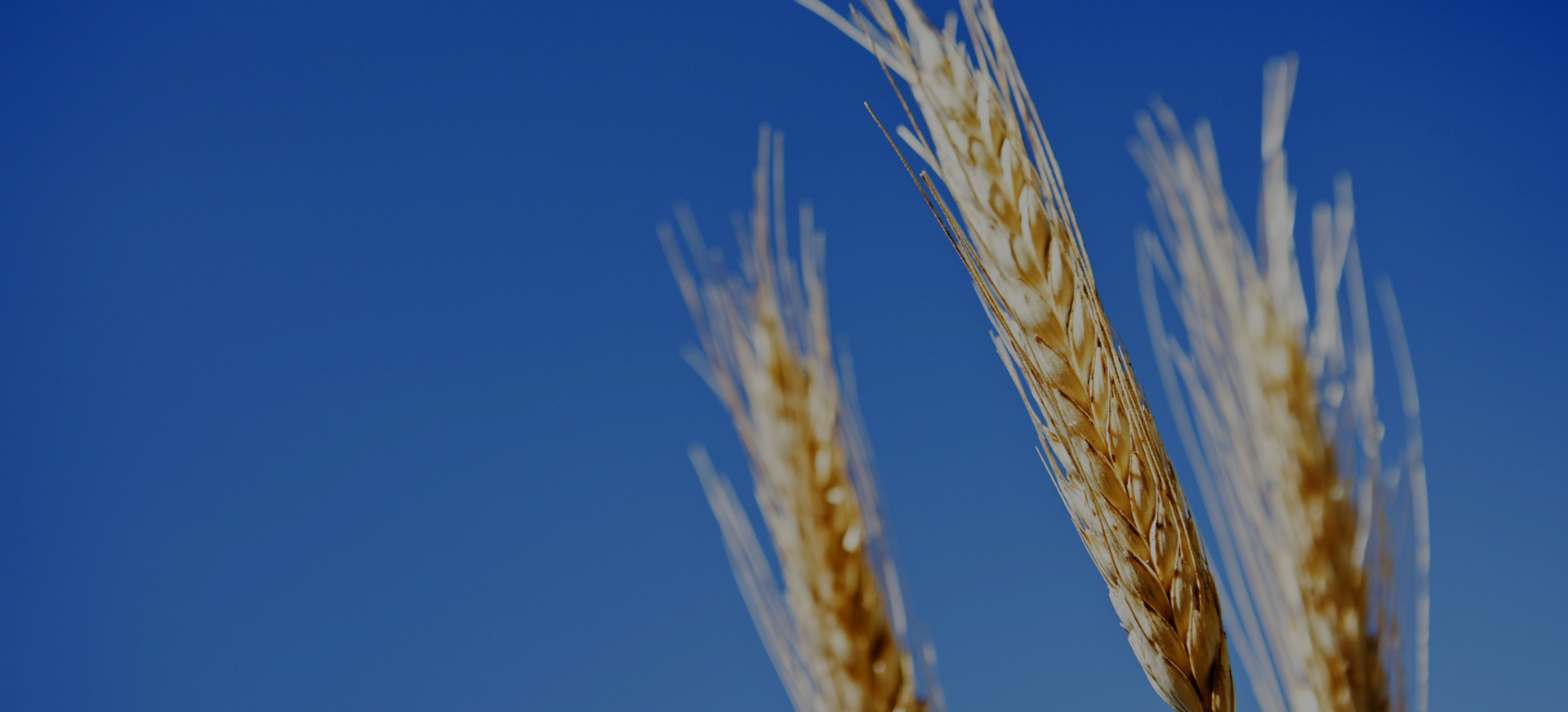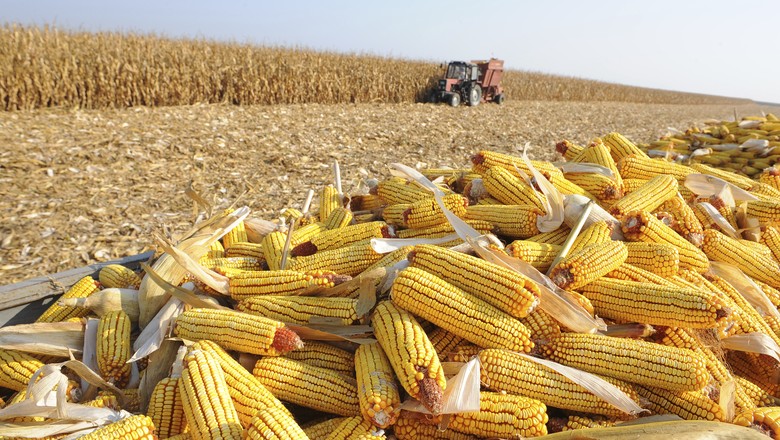CORN IN BRAZIL, ITS IMPORTANCE AND EVOLUTION
Corn is the cereal with the highest production volume in the world, with approximately 960 million tons. The United States, China, Brazil and Argentina are the largest producers, representing 70% of world production. With an agricultural area of 60 million hectares, occupying 7% of the total land, estimated at 851 million hectares, approximately 5.5 million rural properties and a production of around 190 million tons, Brazil is a country of great importance within the world agricultural scenario. Within this scenario, Brazil, with an area cultivated with corn of 15.12 million hectares and production of 82 million tons, is today a strategic country, as it is the third largest producer and the second largest exporter in the world. With the challenge that we will have to feed the world – today, with a world population of 7 billion people and, which in 2050 will exceed 9 billion, corn will be even more important within this strategy. This is because the demand for food will grow 20% in the next 10 years, and Brazil will be responsible for meeting 40% of this demand. This strategy will consider, in addition to the population increase, the scarcity of land, the risks inherent to the activity, such as climatic variations and, consequently, the use of technology and management practices that allow harvesting more by area, that is, increasing productivity . Today, we plant about 53 million hectares. The adoption of technology such as improved seeds, no-till and other management practices has been responsible for increasing productivity in recent years. Indirectly, it contributed to sustainability, because if we maintained the productivity of 20 years ago, today, we would need to plant 120 million hectares to achieve current production. In other words, this means less deforestation.


